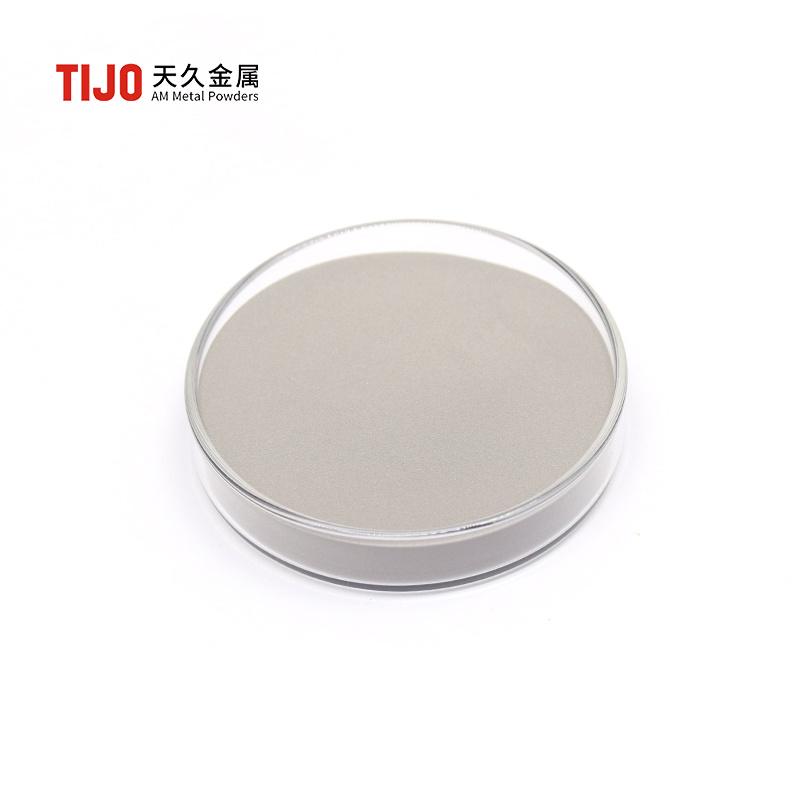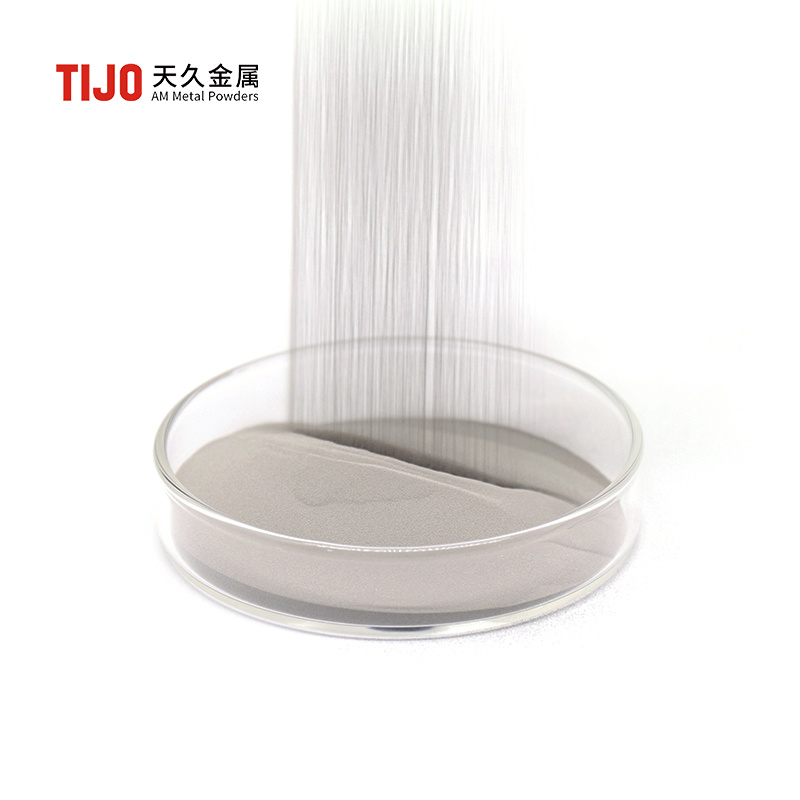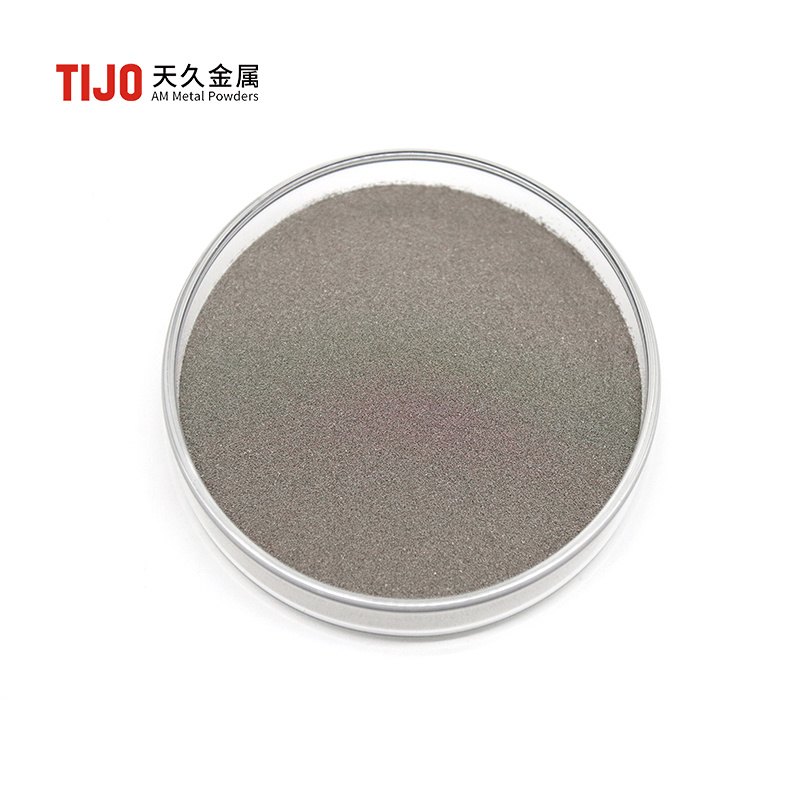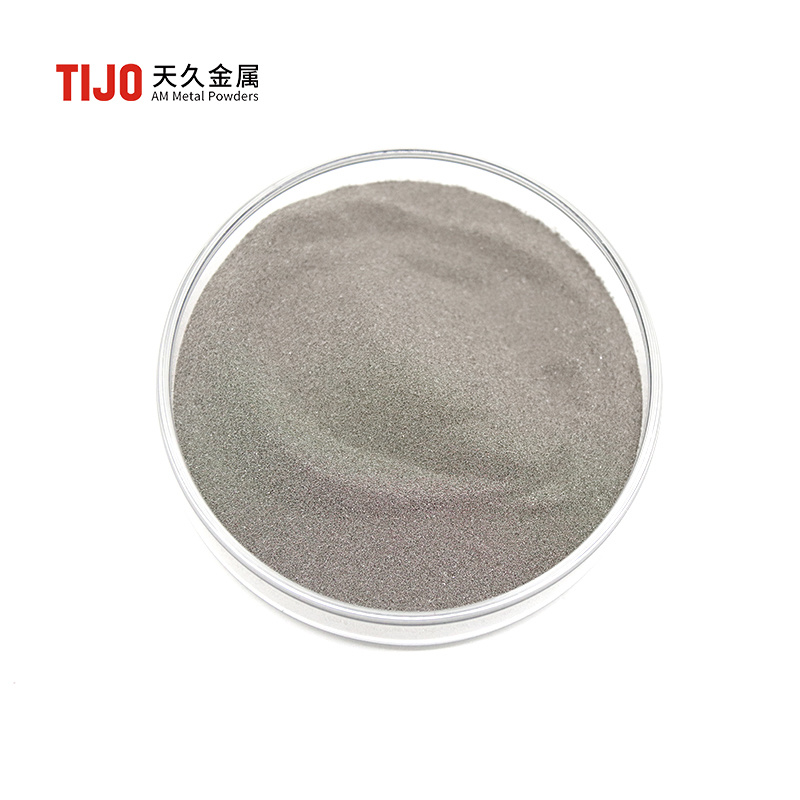BNi-2
Features:
BNi-2 is one of the most widely used nickel-based brazing alloys, characterized by a low melting temperature, good wettability, and fluidity. During the brazing process, the base material grains do not grow, which helps prevent deterioration of component performance.
Application:
Aerospace: Jet engine components, combustion chambers, and heat exchangers heavily rely on robust high-temperature joints. BNi-2 brazing performs excellently in these applications.
Automotive: Exhaust manifolds, turbochargers, and other high-heat components benefit from the strength and heat resistance provided by BNi-2 joints.
Medical devices: Components requiring biocompatibility and strength, such as orthopedic implants or dental prosthetics, can be effectively joined using BNi-2 brazing.
Power generation: Gas turbines and other high-temperature power generation equipment rely on reliable joints. BNi-2 brazing can provide the necessary strength and performance.
Packing:
Precision grinding, intelligent manufacturing technology, integrated solutions
Aluminum foil bag, iron drum, plastic drum, woven bag, pallet, customized packaging
Date of delivery:
Precision grinding, intelligent manufacturing technology, integrated solutions
3-15 days
key word:
Model: BNI-2
[Grade Code ]
- BNi82CrSiBFe
- BNi82CrSiB
- Ni 620 ( ISO )
- BNi-2 ( AWS )
Chemical composition(wt%)
Powder Grade | Chemical Composition | |||||||
Ni | Cr | Si | B | Fe | C | S | P | |
BNi-2 | BAl. | 6-8 | 4-5 | 2.75-3.5 | 2.5-3.5 | ≤ 0.06 | ≤ 0.02 | ≤ 0.02 |
Physical indicators
Powder Grade | Solid-Liquid Phase ℃ | Brazing Temperature ℃ | Powder Morphology | Tap Density g/cm³ | Powder Sieve (Mesh) | Other Morphology |
BNi-2 | 970-1000 | 1066-1204 | Spherical | ≥ 4.0 | 40/60/80/120/200 | Powder / Paste / Brazing Strip |
Application areas

Brazing
ZnAl5 (melting point 382℃) is a zinc-based eutectic filler metal suitable for brazing pure zinc and zinc alloys. ZnAl15 (425-460℃ solid-liquid phase) is used as a universal brazing filler metal for aluminum-aluminum brazing and aluminum-copper brazing with excellent spreading and mechanical properties
Recommend products
1. High-Temperature and Corrosion Resistance Temperature range: -200°C to 1000°C, oxidation and sulfidation corrosion resistance. Resistant to seawater, chlorides, and acidic media corrosion, suitable for marine and chemical environments. 2. Excellent Processability High sphericity (≥98%), low oxygen content (≤0.1%), good fluidity, reducing 3D printing defects. Strong bonding strength with the substrate, supporting the formation of high-precision complex structures. 3. High Strength and Toughness Room temperature tensile strength ≥900 MPa, maintaining excellent mechanical properties at high temperatures.
View Details1. High-Temperature Performance Applicable temperature range: -250°C to 700°C, resistant to high-temperature oxidation, creep, and sulfide corrosion. Strength is significantly improved after age hardening (room temperature tensile strength ≥ 1300 MPa). 2. Corrosion Resistance Resistant to acids, alkalis, chlorides, and seawater corrosion, suitable for chemical, marine, and nuclear industries. 3. Process Compatibility High sphericity (≥97%), low oxygen content (≤0.1%), excellent fluidity, compatible with additive manufacturing processes such as SLM (Selective Laser Melting) and EBM (Electron Beam Melting). No tendency for cracking after welding, supports the precision forming of complex structures.
View DetailsThe carbon and boron in BNi-1 brazing filler metal can diffuse into the base material during the brazing process, thereby increasing the remelting temperature of the brazed joint. This filler metal has a high chromium content, so the brazed joint exhibits good high-temperature performance and is suitable for components subjected to high stress at elevated temperatures.
View DetailsBNi-5 brazing filler metal does not contain boron, significantly reducing its effect compared to the base material. It is suitable for brazing thin parts. This filler metal has a high melting temperature and brazing temperature. Due to its high chromium content, the joint's high-temperature strength and oxidation resistance are comparable to BNi-1.
View Details








